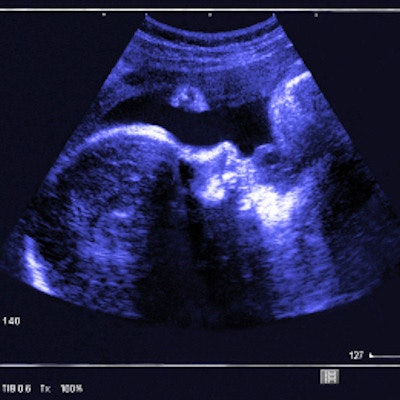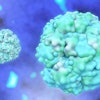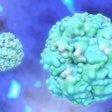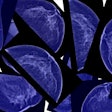
A cervical swab method looks promising for lower-cost, faster testing for anomalies in a developing fetus, based on a prototype study from Brown University's Center for Biomedical Engineering published online August 20 in Scientific Reports.
Extravillous trophoblasts from the placenta are present in the endocervical canal and measurable in a traditional Pap smear, and they have potential for use in noninvasive prenatal testing. The researchers at Brown aimed to develop a method for evaluating these cells in a cost-effective, timely manner.
"Biomarker techniques and [cell-free] fetal DNA from patient blood samples have shown promise in some prenatal testing, particularly for aneuploidy screening. However, these techniques are limited by the genetic information available in the samples," senior author Anubhav Tripathi, PhD, a professor of engineering at Brown, and colleagues reported. "The capture of the entire fetal genome contained in intact fetal cells would be a significant improvement over current testing capabilities."
The proof-of-concept study was supported by the National Science Foundation and by PerkinElmer. PerkinElmer was credited for "experimental assistance and discussions," and two executives at the company -- Chief Scientific Officer Morey Kraus, PhD, and Senior Assay Development Scientist Richard Joseph -- are co-authors on the paper.
While cervical swab testing promises access to intact fetal cells, there are challenges. It's important to isolate fetal cells from maternal cells in cervical samples, and any amount of maternal cells or DNA present in a sample can make it harder to analyze the genome, the authors explained.
"Single cell picking, in which a single fetal cell is identified and selected from a mixed population of both maternal and fetal cells, is one advantageous strategy to eliminate the presence of maternal cells and isolate pure trophoblasts," the authors noted. "This is a similar approach to previous investigations aiming to isolate rare tumor cells."
"However, a major issue of picking a single trophoblast cell from a cervical sample with no clean-up is the overwhelming density of cervical cells, which makes picking challenging and near impossible," they added.
The article in Scientific Reports describes the steps the researchers took with a label-free cell picking method for isolating fetal cells, using 15 samples from pregnant women at five to 20 weeks' gestation.
- Cells are collected from the cervical canal using the cervical swab test method.
- The sample is prepared.
- Trophoblast cells are isolated.
- Fetal information is acquired through single cell picking and whole genome amplification.
"Ultimately, this work provides a rapid, facile, and cost-effective method for enriching native trophoblasts from cervical samples for use in subsequent [noninvasive] prenatal testing using methods including single cell picking," the authors concluded.



















